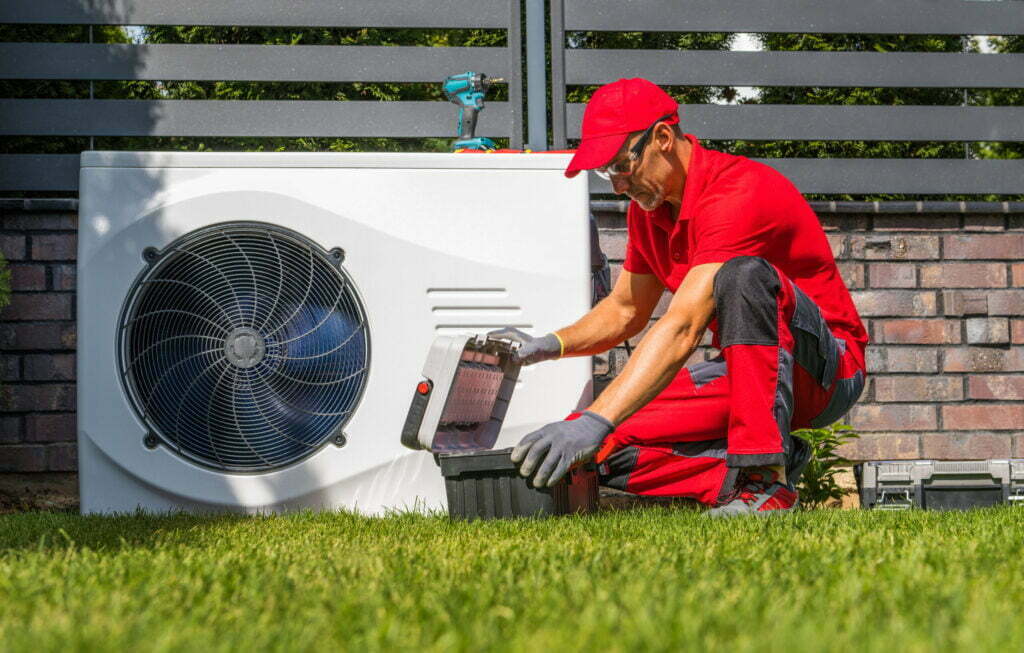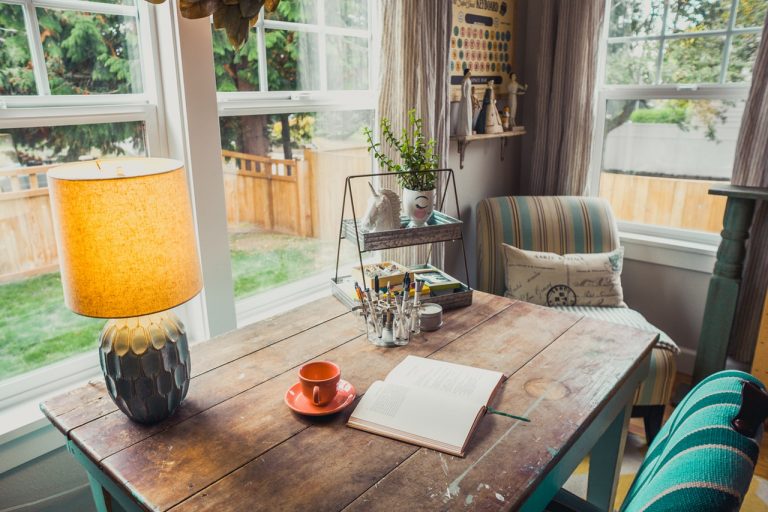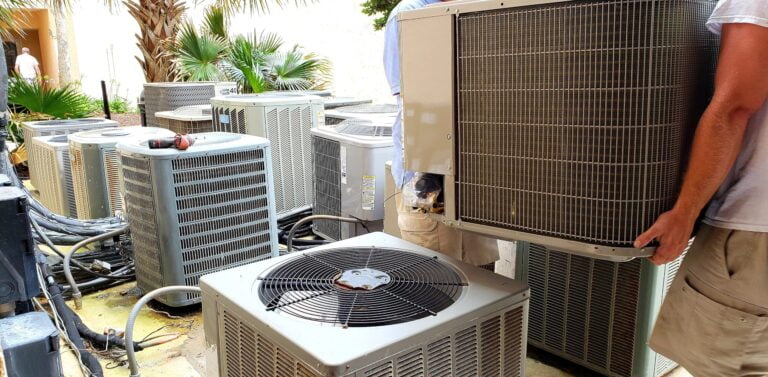How do heat pumps work in the summer?

What else can you do to keep your home cool?

pump, heat, electricity, liquid, central heating, heat pump, compressor, air conditioning, ground source heat pump, air source heat pump, space, how do heat pumps work, water, water heating, climate, evaporator, physics, fuel, electric heating, condenser, pressure, geothermal heating, fossil fuel, valve, renewable energy, air handler, boiler, refrigerant, heat transfer, indoor air quality, radiator, tax, absorption, furnace, coefficient of performance, heat exchanger, underfloor heating, oil, reversing valve, cost, pipe, solar power, natural gas, heat pump installation, heating, heating system, thermodynamics, carbon, greenhouse gas emissions, backup, engine, property, phase, combustion, heating seasonal performance factor, noise, privacy policy, thermostat, freezing, boiling point, fluid, laws of thermodynamics, privacy, information, absolute zero, thermal energy, fan, electrification, technology, energy, scroll compressor, room temperature, money, plumbing, warranty, second law of thermodynamics, ice, fossil, sustainability, baseboard, wind, energy star, propane, lake, machine, how do air source heat pumps work, how do air heat pumps work, how do geothermal systems work, how cold do heat pumps work, how do the heat pumps work, how cold does a heat pump work, how do air to air heat pumps work, how do geothermal heating systems work, how do heat pump air conditioners work, how do heat pumps work in summer, how does a heat pump work in summer, leak, duct, heat wave, humidity, air filter, dehumidifier, environmentally friendly, heating and cooling, hvac, heat pump maintenance, heat pump repair, heat pump installed, air conditioning system, heat pump service, cooling, summer, switch, seasonal energy efficiency ratio, customer, copper, smart thermostat, humidifier, customer service, air purifier, fahrenheit, fireplace, geothermal energy, rebate, carbon dioxide, houston, waste heat, airflow





